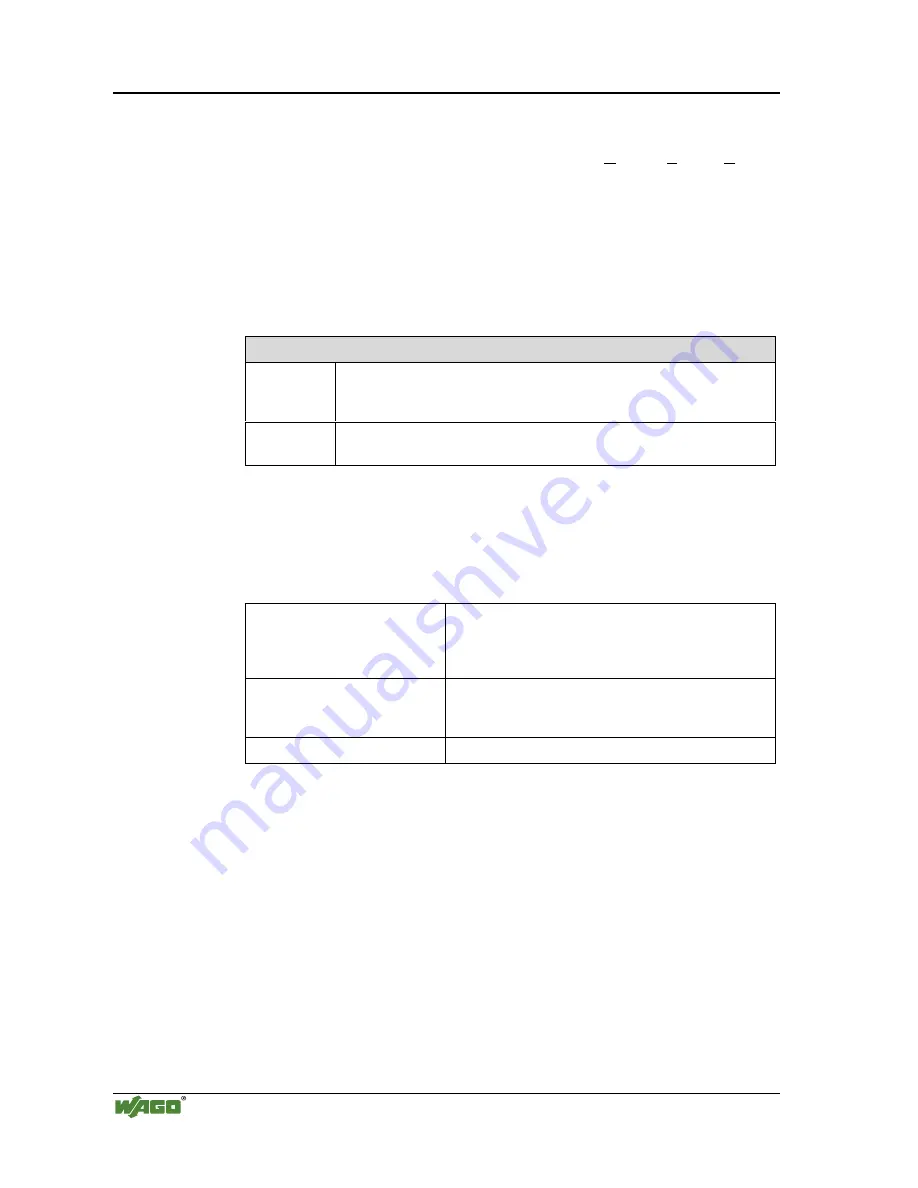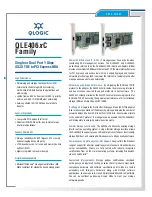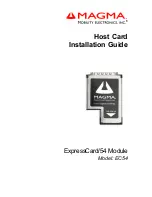
310 • Application in Explosive Environments
Modular I/O System
ETHERNET TCP/IP
8.4 Classifications meeting the NEC 500
The following classifications according to NEC 500 (National Electric Code)
are valid for North America.
8.4.1 Divisions
The "Divisions" describe the degree of probability of whatever type of danger-
ous situation occurring. Here the following assignments apply:
Explosion endangered areas due to combustible gases, fumes, mist and dust:
Division 1
encompasses areas in which explosive atmospheres are to be expected occa-
sionally (> 10 h
≤
1000 h /year) as well as continuously and long-term (>
1000 h /year).
Division 2
encompasses areas in which explosive atmospheres can be expected rarely
and short-term (>0 h
≤
10 h /year).
8.4.2
Explosion protection groups
Electrical components for explosion endangered areas are subdivided in three
danger categories:
Class I (gases and fumes):
Group A (Acetylene)
Group B (Hydrogen)
Group C (Ethylene)
Group D (Methane)
Class II (dust):
Group E (Metal dust)
Group F (Coal dust)
Group G (Flour, starch and cereal dust)
Class III (fibers):
No sub-groups
















































